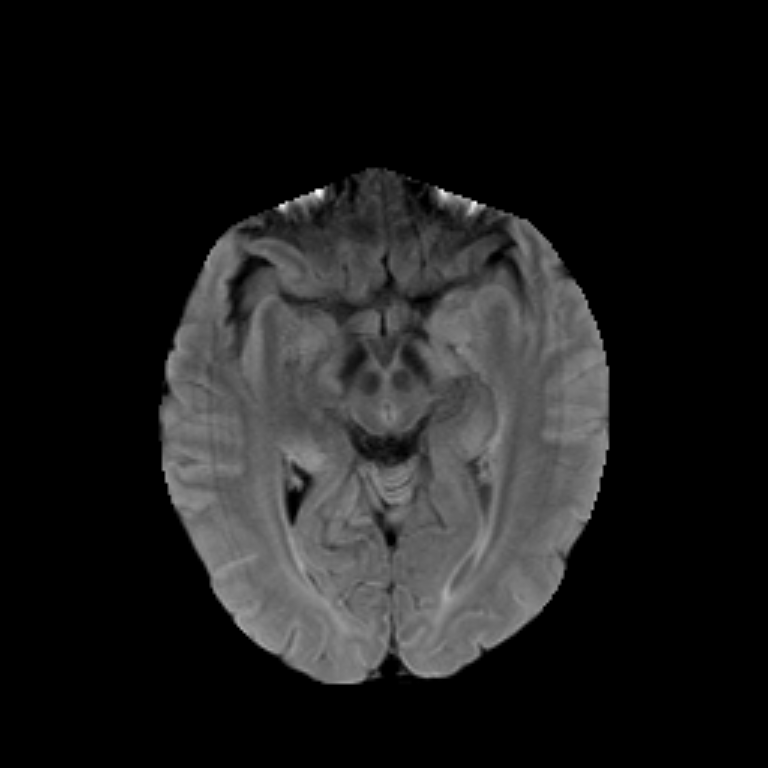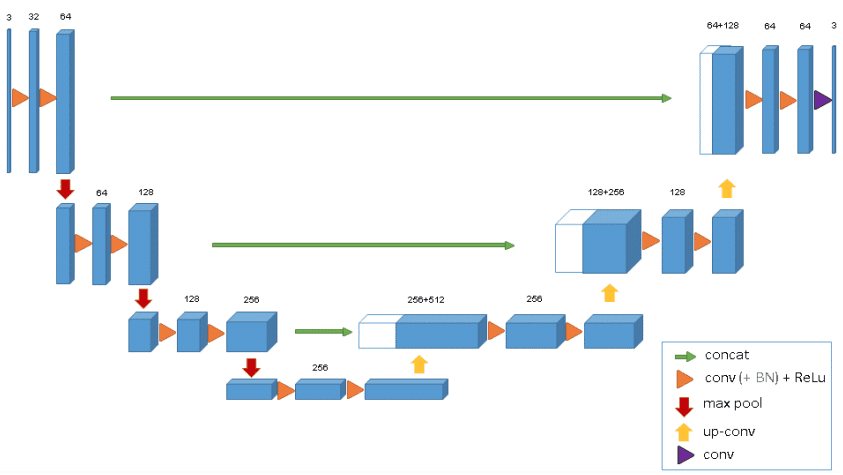https://github.com/pegah-ardehkhani/brain-mri-segmentation
U-Net from Scratch for Brain Tumor Segmentation
https://github.com/pegah-ardehkhani/brain-mri-segmentation
ai-for-medical-diagnosis brain-imaging brain-mri brain-mri-images deep-learning deep-neural-networks dice-coefficient healthcare-imaging iou medical-image-processing medical-imaging mri mri-brain mri-brain-segmentation mri-images python segmentation tensorflow u-net u-net-keras
Last synced: 3 months ago
JSON representation
U-Net from Scratch for Brain Tumor Segmentation
- Host: GitHub
- URL: https://github.com/pegah-ardehkhani/brain-mri-segmentation
- Owner: Pegah-Ardehkhani
- License: mit
- Created: 2022-07-11T18:54:07.000Z (almost 3 years ago)
- Default Branch: main
- Last Pushed: 2022-07-11T19:57:05.000Z (almost 3 years ago)
- Last Synced: 2025-01-07T17:18:32.966Z (5 months ago)
- Topics: ai-for-medical-diagnosis, brain-imaging, brain-mri, brain-mri-images, deep-learning, deep-neural-networks, dice-coefficient, healthcare-imaging, iou, medical-image-processing, medical-imaging, mri, mri-brain, mri-brain-segmentation, mri-images, python, segmentation, tensorflow, u-net, u-net-keras
- Language: Jupyter Notebook
- Homepage:
- Size: 8 MB
- Stars: 3
- Watchers: 1
- Forks: 0
- Open Issues: 0
-
Metadata Files:
- Readme: README.md
- License: LICENSE
Awesome Lists containing this project
README
# Brain MRI Segmentation 🧠    [](http://nbviewer.org/github/Pegah-Ardehkhani/Brain-MRI-Segmentation/blob/main/Brain%20MRI%20Segmentation.ipynb)
[](http://nbviewer.org/github/Pegah-Ardehkhani/Brain-MRI-Segmentation/blob/main/Brain%20MRI%20Segmentation.ipynb)

## Dataset 📔
[Kaggle link: Brain Tumor Data](https://www.kaggle.com/mateuszbuda/lgg-mri-segmentation)
The dataset used for development was obtained from The Cancer Imaging Archive (TCIA) and involved 110 cases of lower-grade glioma patients. Registers brain MR images with manual FLAIR abnormality segmentation masks are published as a Kaggle Dataset lgg-mri-segmentation.
## Project Overview
**U-net:**
U-net from scratch has been written.
Key aspects of U-Net:
1. Convolution Layers: Convolution operation are used to learn information from images which then can be used as features for machine learning problems.
2. Down Sampling: Sequence of convolution combined with max pooling results in down sampling. In down sampling, size of the image is reduced which means we can observe larger portion of image in a single convolution operation. Down sampling is a good approach for identifying what is present in the image but for identifying where the object is we need to use upsampling.
3. Up Sampling: It is just opposite of down sampling. We go from low resolution to high resolution. For up sampling U-Net uses transposed covolution which is achieved by taking transpose of filter kernels and reversing the process of convolution.
Following picture gives a clear picture of What a U-Net is.

**Reustls:**

Dice Score on the test data: 0.9027
